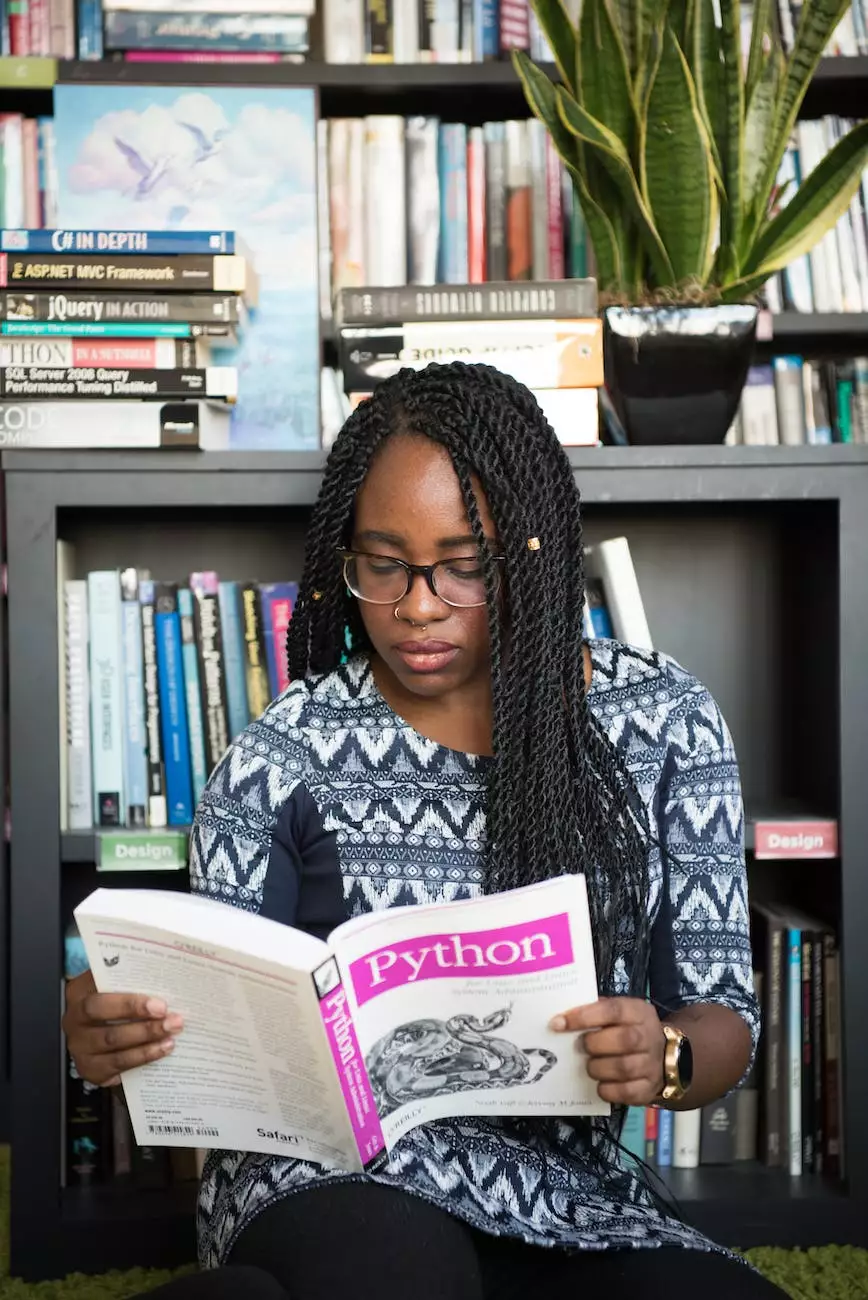Whoa, Wait! We forgot to lay the foundation of UDL!

Introduction to Universal Design for Learning (UDL)
Welcome to Fountain of Hope's page on laying the foundation of Universal Design for Learning (UDL). In this comprehensive guide, we will explore the principles and benefits of UDL, and how it can transform education and promote inclusivity. Whether you are an educator, student, or parent, understanding UDL can pave the way for a more equitable and engaging learning experience.
What is Universal Design for Learning?
Universal Design for Learning (UDL) is an educational framework that aims to provide all students with equal opportunities to learn, regardless of their abilities or learning styles. It emphasizes flexibility to accommodate diverse learners and focuses on removing barriers to learning. By adopting UDL principles, educators can create inclusive learning environments that allow every student to thrive.
The Three Principles of UDL
1. Multiple Means of Representation
The first principle of UDL is to provide multiple means of representation. This involves presenting information in various formats to cater to different learning styles. By offering content through text, images, videos, and audio, educators ensure that students can access and comprehend the material in ways that best suit their individual needs.
2. Multiple Means of Action and Expression
The second principle focuses on multiple means of action and expression. It encourages educators to provide diverse options for students to demonstrate their understanding and showcase their learning. This can include activities such as discussions, presentations, written assignments, or multimedia projects. By giving students choices, UDL promotes engagement and fosters creativity.
3. Multiple Means of Engagement
The third principle revolves around multiple means of engagement. UDL recognizes that students have different interests, motivations, and preferences. By incorporating varied and meaningful learning experiences, educators can spark curiosity and sustain students' interest throughout the learning process. This can involve real-world applications, collaborative activities, and interactive technologies.
The Benefits of UDL
Adopting UDL in educational settings brings forth a wide array of benefits:
- Promoting inclusivity: UDL ensures that all students, including those with disabilities or learning differences, have equal access to education.
- Enhancing engagement: By providing multiple options for learning and expression, UDL increases student engagement and motivation.
- Fostering independence: UDL empowers students to take ownership of their learning and develop self-advocacy skills.
- Personalizing learning: With UDL, educators can tailor instruction and content to meet individual students’ needs and interests.
- Promoting critical thinking: UDL encourages students to think flexibly, problem-solve, and apply their knowledge to real-world situations.
- Preparing for the future: By embracing UDL, students develop essential skills such as adaptability, collaboration, and creativity that are vital in the 21st century.
Implementing UDL in Practice
Integrating UDL into educational practices requires a deliberate and collaborative approach. Here are some strategies to consider:
- Teacher Professional Development: Providing educators with training on UDL principles and strategies can equip them with the necessary knowledge and skills to implement UDL effectively.
- Flexible Learning Environments: Creating physical and virtual spaces that accommodate various learning styles and needs can support the implementation of UDL.
- Curriculum Design: Designing curricula that offer multiple means of representation, action, and engagement helps ensure that all students can access and participate in the content.
- Assessment and Feedback: Applying UDL to assessment practices allows students to showcase their understanding in ways that suit their strengths, while receiving meaningful and constructive feedback.
- Collaboration and Community Involvement: Collaborating with colleagues, parents, and community members fosters a collective commitment to UDL and strengthens its implementation.
Conclusion
In conclusion, Universal Design for Learning (UDL) is a powerful educational framework that promotes inclusivity, engagement, and personalized learning experiences. By adopting the principles of UDL, educators can create learning environments that cater to the unique needs and strengths of all students. At Fountain of Hope, we believe in the transformative potential of UDL and its ability to create a more equitable and empowering education system.









